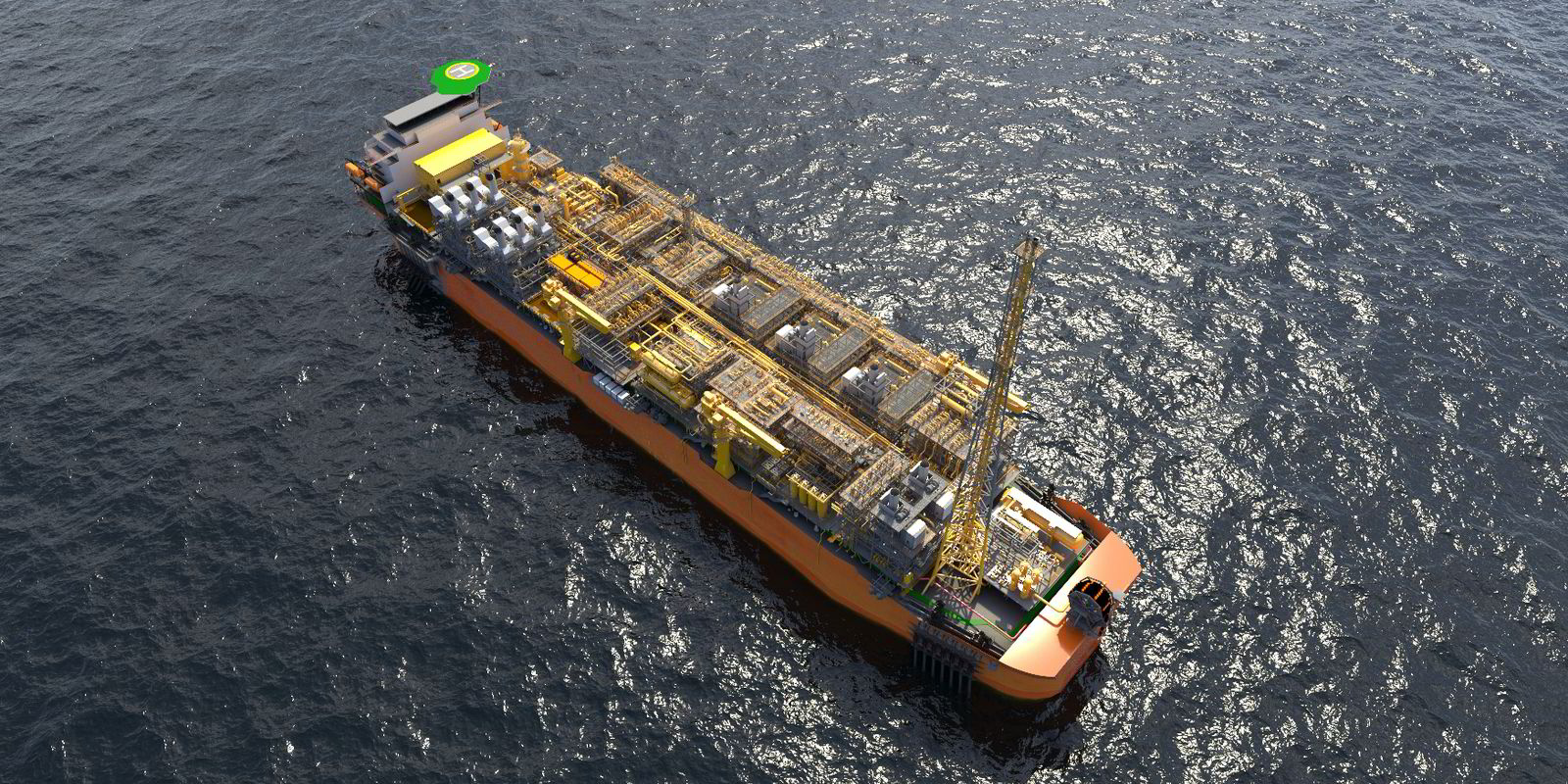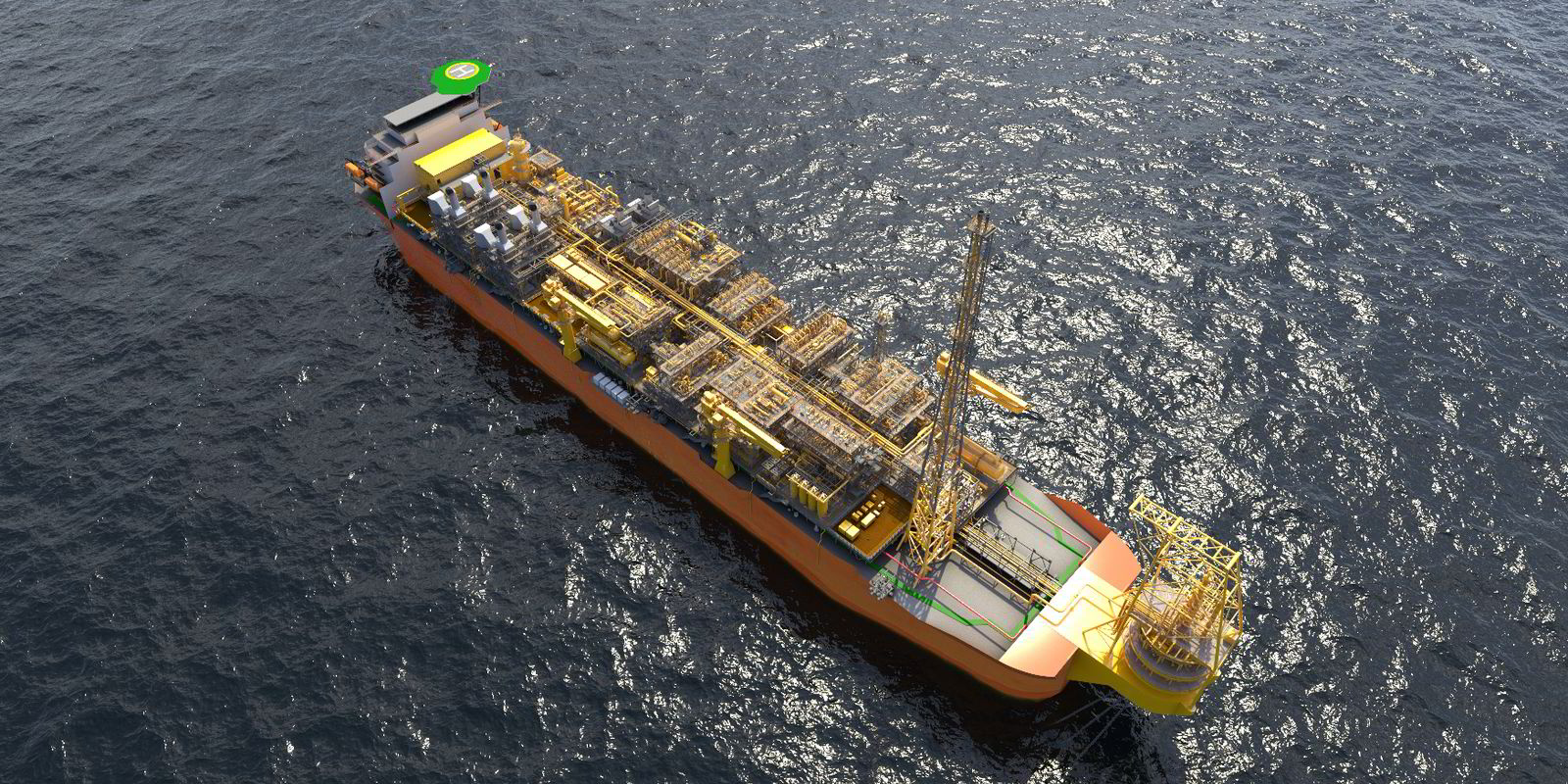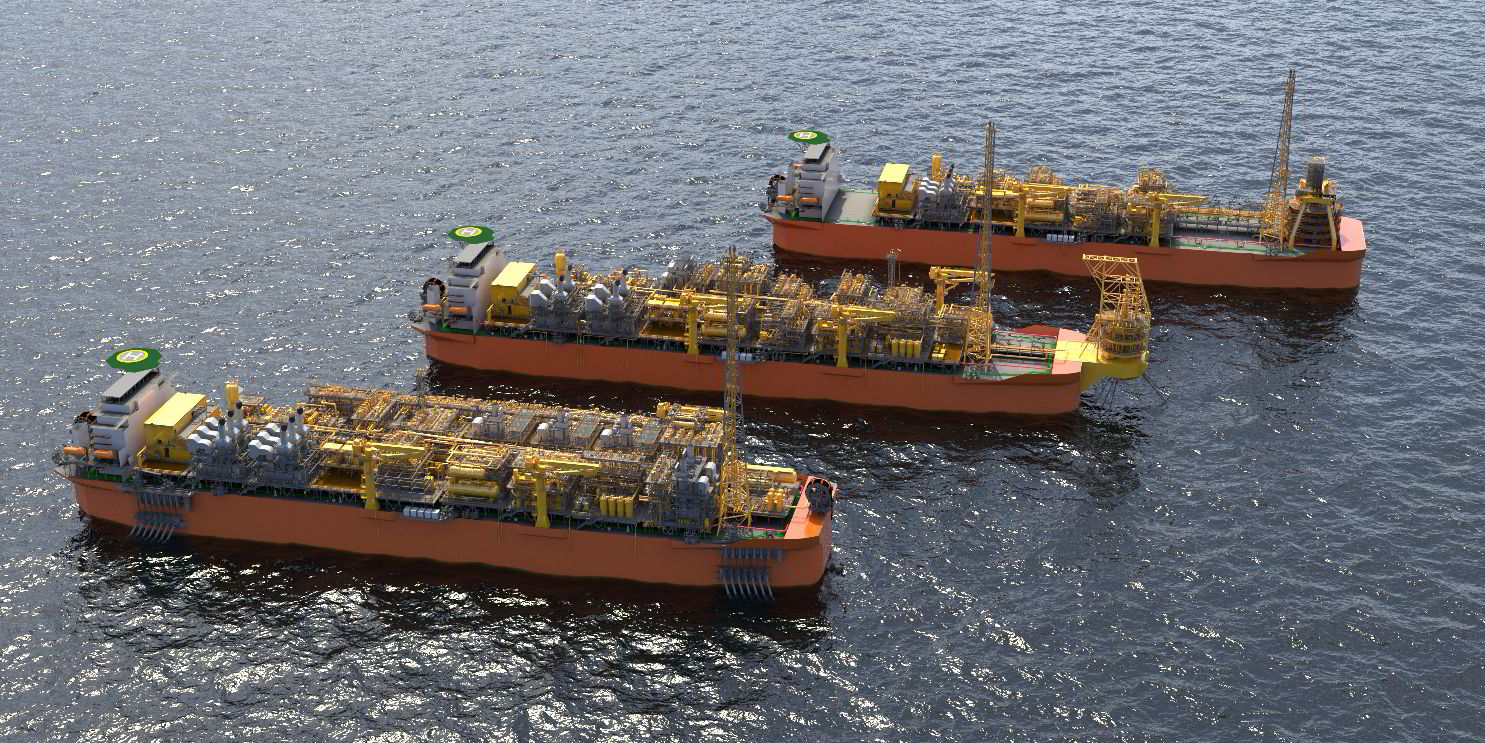Last year, SBM Offshore rolled out the Fast4Ward concept, an alternative to conversion floating production, storage and offloading (FPSO) units that the company says can shave hundreds of millions of dollars off a project’s costs and reduce delivery time by as much as 12 months (Upstream Technology 2/2016).
The concept strikes a familiar theme among engineering companies, several of which have responded to the oil price tumble with scaled-down, simpler platforms that incorporate standardisation where possible.
SBM is going a considerable step further by building a Fast4Ward substructure before it has a buyer.
This summer, the company signed contracts with China Shipbuilding Trading Company (CSTC) and its Shanghai Waigaoqiao Shipbuilding Company subsidiary (SWS) for a newbuild, multi-purpose hull built to Fast4Ward’s standardised specifications.
Despite the initial $75 million planned expenditure, SBM insists that it had no buyer in its immediate sights when the decision to launch the engineering, procurement and construction (EPC) phase for the Fast4Ward hull.

I think it’s important to point out that Fast4Ward is not just a hull. It is an integrated system.
Bernard van Leggelo, SBM Offshore
“We’re proposing this solution to a number of people,” says Bernard van Leggelo, managing director of SBM Offshore’s FPSO product line.
“It’s a bit of chicken-and-egg. But we have sufficient confidence in our ability to place this facility, and more, once people really understand the global concept and integrated system.”
Building that system begins with a client’s desired throughput capacity. Fast4Ward’s generic hulls, which can hold topsides weighing up to 35,000 tonnes, will be designed for processing 100,000 barrel per day, 150,000 bpd and 200,000 bpd of liquids and have up to 2 million barrels of storage capacity.
Some 80 topsides module designs, compatible with both Fast4Ward and traditional hull conversions, have been assembled in a catalogue.
The modules are not exactly an “off-the-shelf” concept but incorporate processes that have traditionally been considered too difficult to standardise, the company says.
The fact that clients can choose what they need from the catalogue without having to structurally modify the hull is key to the fast-track concept.
SBM has also taken the catalogue approach to mooring components and ensured that the Fast4Ward hull is compatible with internal and external turrets as well as a spread mooring systems.
By forging ahead with construction of the first Fast4Ward, SBM is signalling confidence in both the concept and a resurgent market.
Howerver, Van Leggelo rejects the notion that the decision involved pure speculation.
“We didn’t design it in a vacuum,” he says. The Fast4Ward programme was launched internally in 2014. “We had a lot of interaction with, of course, our own people, but also with a lot of clients.
"We gained a lot of feedback from our ongoing clients. We are building the hull on spec, technically. But we have combined and comingled a lot of information gathered both internally and externally.”
Refined design
Since the Fast4Ward concept was announced last year, SBM has added some “features and flexibilities”, Van Leggelo says, to accommodate a broader range of field developments and harsher climates.
When discussing the Fast4Ward concept, it is tempting to focus on the hull, the element that involves the greatest degree of standardisation.
While the substructure is “the critical path”, he says, “I think it’s important to point out that Fast4Ward is not just a hull. It is an integrated system. It’s important to note the topsides system, the mooring system, and a lot of the bells and whistles that come with the hull.”
A newbuild has some advantages over a conversion. It reduces the chance of “surprises”, he says, and building from the ground up is safer than removing unwanted steel in a conversion project.
Slot availability in a shipyard can be an issue for newbuilds, but having a standard design in hand helps move the process along, as does the catalogue approach.

“It’s a structured system we’re building where we’ve had a head start on mooring systems and topsides components. There’s no point in getting a hull built early if everything else comes three years later.
“The idea is that we can significantly improve on the certainty of outcome because we dramatically reduce the risk in terms of schedule and cost, because we have quite a head start on our design cycle,” he says.
“With Fast4Ward we can significantly reduce a typical FPSO project’s 36-month lead time by six to 12 months because we are ready with basic designs and order bulk steel on day one.
"Before, we would typically stick-build design from the ground up, whereas this system on average has 30% to 50% already pre-designed, with the module layout established.”
Much engineering has gone into the topsides layout, he notes.
“The pipe routing has been optimised between the various locations for the equipment. A lot of thought has been put in there, such as the sequence of events on the equipment and the commissioning. That’s built into the total approach.”
Designing the modules and standardising interfaces requires ongoing collaboration with equipment manufacturers. But that’s often the “easy part”, he says.

“There’s also the mechanical handling, the safety studies, the dispersion studies — a lot of intelligence goes into Fast4Ward other than just the ‘Lego block’ story. What is less apparent is all the detailed engineering we’ve done around the concept.”
Much of that work referenced the company’s General Technical Standards for FPSO design, initiated in 2002.
SBM also drew heavily on lessons learned while building the company’s most recent four FPSOs for Brazil’s pre-salt fields, the third generation, Petrobras-operated FPSOs named after the Brazilian cities Paraty, Ilhabela, Marica and Saquarema.
The similarities in the Brazilian units provided guidance for Fast4Ward’s more standardised approach.
“These are complex FPSOs, and we had the benefit of more than two years of operation to help feed the (Fast4Ward) design,” Van Leggelo says.
“I think a lot of clients are quite receptive to the concept,” he continues. “Using the catalogue, we can combine this into a unit basic design concept in a matter of days, with some certainty of outcome.
"It reduces the risk factors of customising, going to vendors, interfaces, commissioning challenges” — the things that lead to delays and cost overruns.
“If we look at FPSOs in a more modular way, a progressive way, and think ahead, the field economics completely change.”

